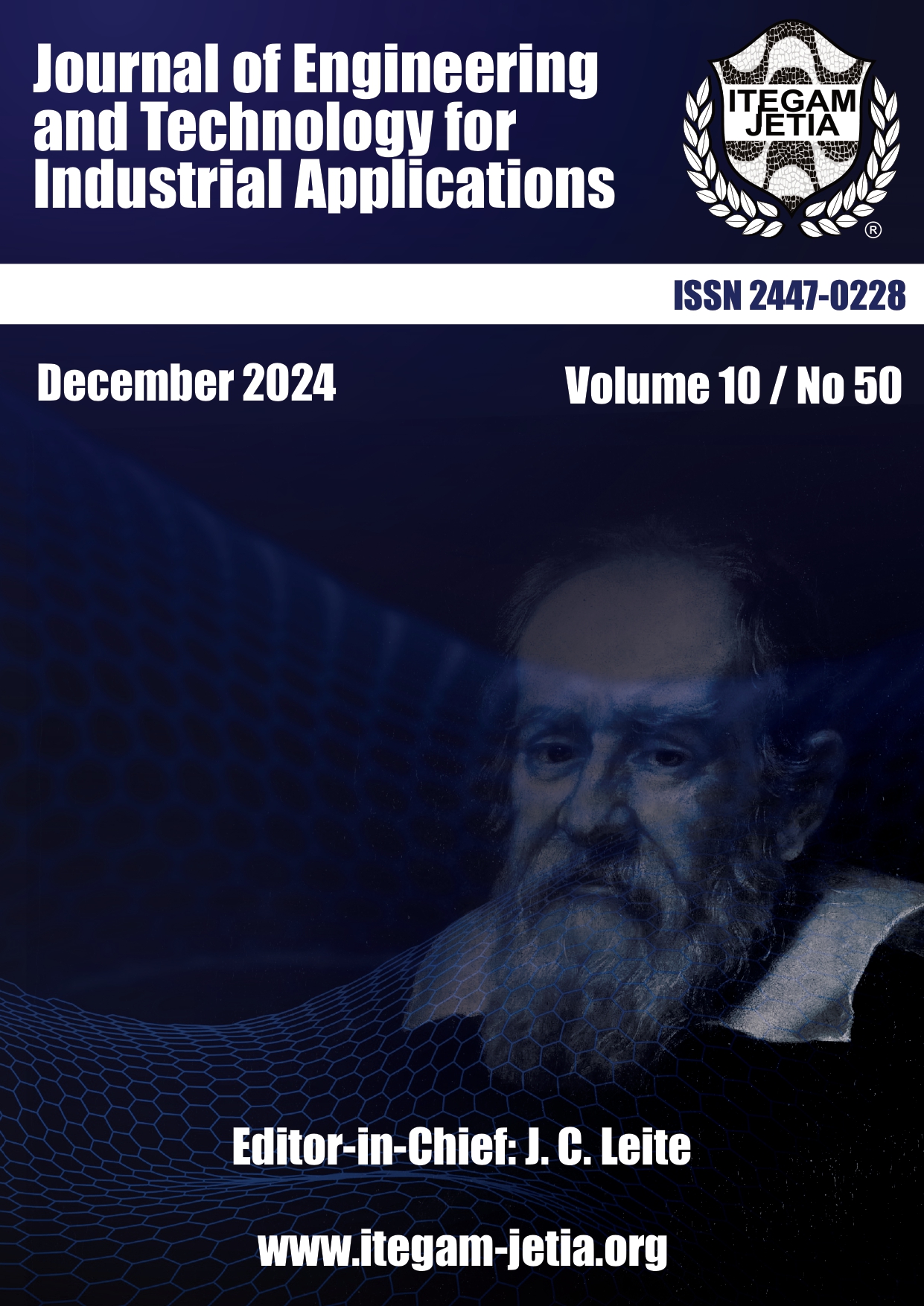Microstructural investigations on the Fractural behavior of SS304 butt joints developed through vibratory welding
Abstract
Determination of weld strength through the fractural behaviour at different loads plays dominant role for selection of weld process in real-time applications. Assistance of vibratory treatment to the conventional welding process can bring major changes in the microstructure of weldment at greater extent. The intervention of increment and decrement in the mechanical properties at different vibratory welding parameters dependent on the grain refinement. The study focuses on analyzing microstructural transformations' influence in the weldments on different mechanical properties at various amplitudes and voltages of 2, 4, 6V. The tests such as tensile, Rockwell hardness and Charpy impact are conducted and fracture modes are identified. SEM analysis is performed to characterize the microstructure of different fractures between the developed butt joint on SS304 and susceptibility to crack is investigated. The fracture is exhibited as more ductile for samples developed with the assistance of vibratory treatment to the gas metal arc welding process. The decrease of columnar dendrites at weld zone and paradigmatic shift to equiaxed shapes under vibratory treatment prompted to achieve maximum enhancement in the mechanical properties and reduction of delta ferrite is responsible for decrement for further ranges.
Downloads
Copyright (c) 2024 ITEGAM-JETIA

This work is licensed under a Creative Commons Attribution 4.0 International License.











